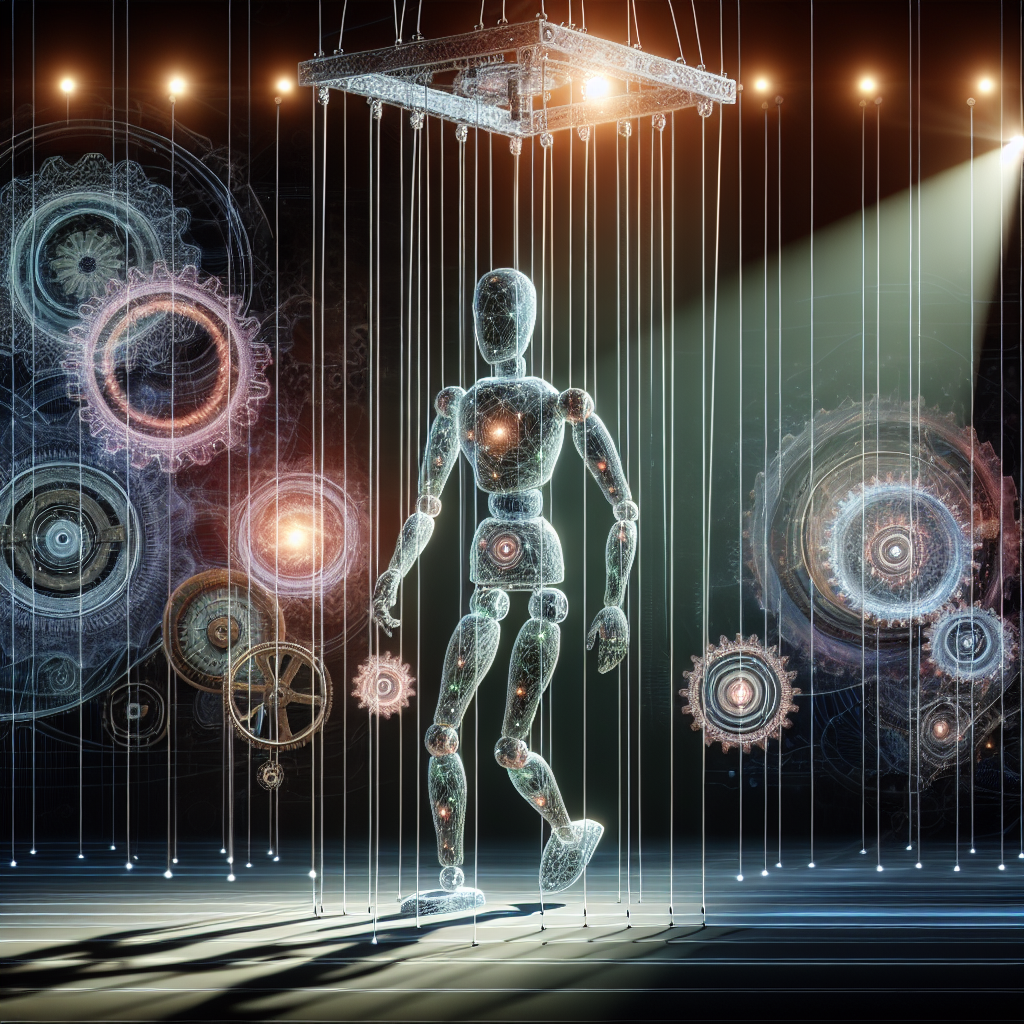Puppetry has been an ancient art form that has captivated audiences for centuries. From traditional hand puppets to intricate marionettes, puppeteers have used their skills to bring characters to life on stage. However, in recent years, there has been a significant shift in the world of puppetry with the rise of artificial intelligence (AI) technology.
The integration of AI in puppetry has opened up a whole new world of possibilities for creating lifelike characters and performances. By using AI algorithms and machine learning techniques, puppeteers can now create puppets that can move, react, and interact with their surroundings in ways that were previously impossible.
One of the most significant advancements in AI puppetry is the development of robotic puppets. These puppets are equipped with sensors, cameras, and AI algorithms that allow them to interact with their environment in real-time. This means that they can respond to cues from the audience, adapt their movements based on the performance, and even learn new behaviors over time.
Another exciting development in AI puppetry is the use of facial recognition technology. By scanning the faces of audience members, puppeteers can program puppets to mimic their expressions and emotions in real-time. This creates a more immersive and interactive experience for the audience, as they feel like they are truly connecting with the characters on stage.
In addition to creating lifelike characters, AI technology has also revolutionized the way puppeteers can control their puppets. By using motion capture technology and AI algorithms, puppeteers can now control puppets with greater precision and fluidity. This allows for more dynamic and expressive performances that were previously only possible with human actors.
The rise of AI in puppetry has also raised some important questions and concerns. Critics argue that the use of AI technology in puppetry could potentially replace human performers and diminish the artistry and skill that goes into traditional puppetry. However, proponents of AI puppetry argue that it is simply a new tool that can enhance and expand the possibilities of the art form.
FAQs:
Q: How is AI used in puppetry?
A: AI is used in puppetry to create lifelike characters and performances. This can include the use of robotic puppets, facial recognition technology, and motion capture technology to enhance the movements and interactions of puppets on stage.
Q: Will AI replace human puppeteers?
A: While AI technology has the potential to enhance puppetry performances, it is unlikely to replace human puppeteers entirely. The artistry, creativity, and skill of human puppeteers are essential elements of the craft that cannot be replicated by AI.
Q: What are the benefits of using AI in puppetry?
A: The benefits of using AI in puppetry include the ability to create more lifelike characters, enhance puppet movements and interactions, and provide a more immersive and interactive experience for the audience.
Q: Are there any drawbacks to using AI in puppetry?
A: Some critics argue that the use of AI in puppetry could potentially diminish the artistry and skill of human performers, as well as raise ethical concerns about the use of technology in live performances. However, proponents of AI puppetry argue that it is simply a new tool that can enhance and expand the possibilities of the art form.
In conclusion, the rise of AI in puppetry is an exciting development that is transforming the way we think about puppet performances. By using AI technology, puppeteers are able to create lifelike characters, enhance puppet movements, and provide a more immersive and interactive experience for audiences. While there are some concerns and questions surrounding the use of AI in puppetry, it is clear that this technology has the potential to revolutionize the art form and open up new possibilities for puppeteers and audiences alike.

